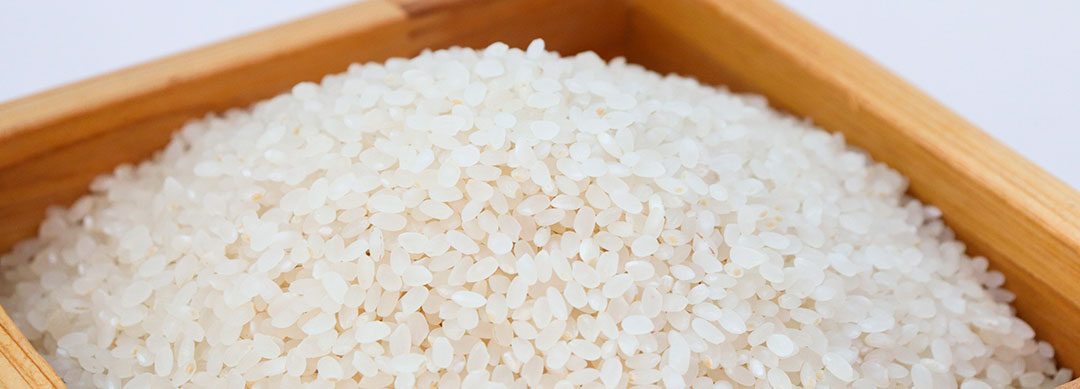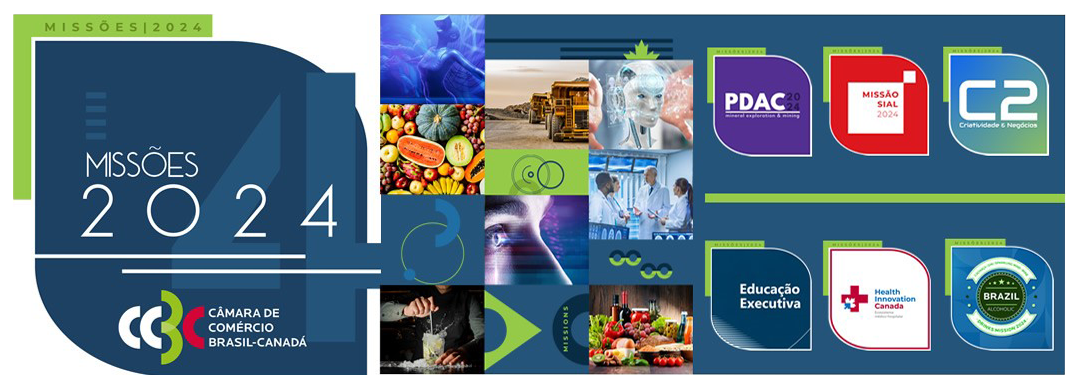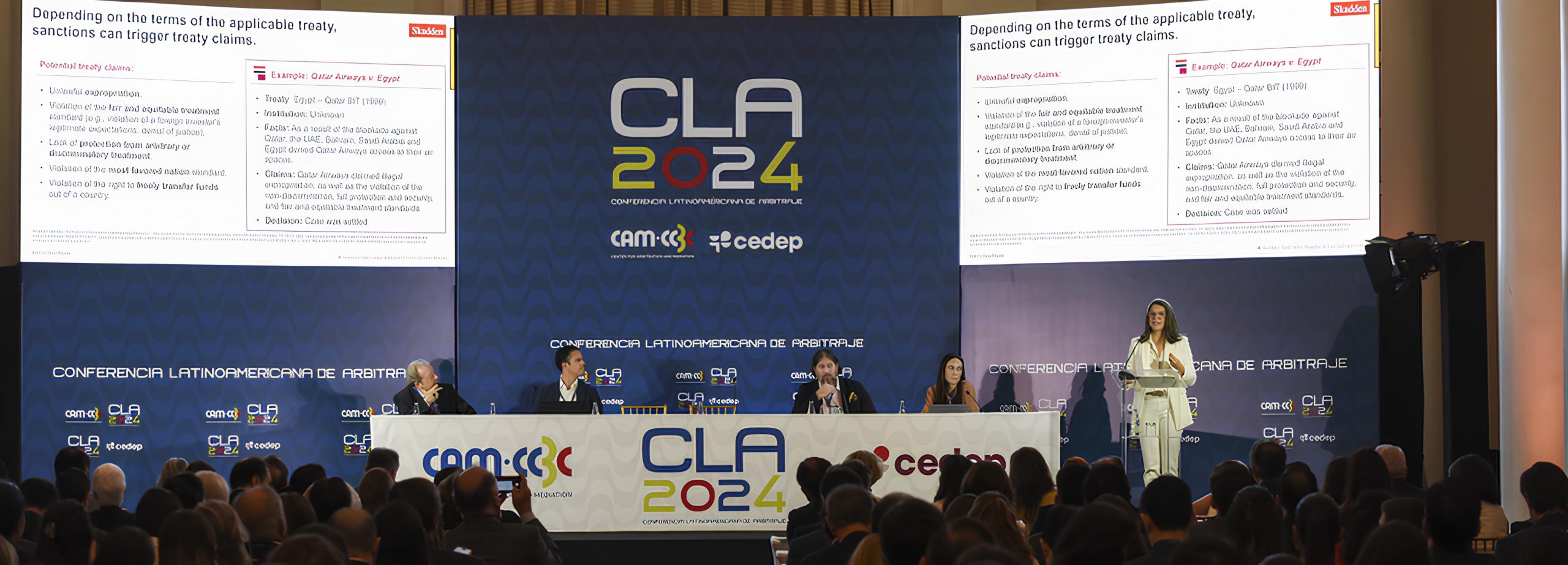Apex-Brasil study shows that product has the potential to increase its presence in the Canadian market
By Sérgio Siscaro
Trade exchange between Brazil and Canada has been increasing consistently in recent years. Just remember that, in 2020, the flow of trade between the two countries totaled US$ (FOB) 6.041 billion – an increase of 7% compared to the US$ (FOB) 5.645 billion in 2019. And this increase in trade exchanges encourages Brazilian exporters to seek products with sales potential in the Canadian market – that’s the case of the Brazilian rice.
A recent study prepared by the Brazilian Export and Investment Promotion Agency (Apex-Brasil) shows that rice consumption has increased in Canada – mainly driven by the migratory flow and the opening to new culinary experiences, combined with the search for alternatives to meat consumption . Currently, most of the product purchased by Canada would come from three countries: the United States, Thailand and India. However, the rice import tariff is zero for all exporting nations, including Brazil.
The survey was presented at the end of August in a webinar promoted by Apex-Brasil in partnership with the Brazilian Rice Industry Association (Abiarroz) and with the trade promotion sector of the Consulate General of Brazil in Montreal (Secom Montreal).
Sales increase
Data from the consultancy Euromonitor, mentioned in the study, indicate that in 2019 the rice market totaled US$ 304.1 million. But factors such as the increase in Asian immigrants and the perception of rice as a healthy product are expected to raise this figure to US$323.9 million in 2023.
According to the survey, Canada mainly imports semi-bleached or bleached rice, even polished or glazed, which corresponds to the SH code 1006.30 of the Harmonized Commodity Description and Coding System of the World Customs Organization (WCO). In recent years, Brazilian exports of this type of rice had a very positive performance, increasing fivefold from US$ (FOB) 135.9 thousand in 2013 to US$ (FOB) 676.84 thousand in 2020. It is worth mentioning that last year’s value it is already a little more than double that registered in 2019, when Brazilian rice exports to Canada totaled US$ (FOB) 320,37 thousand.
Changes in habits
The impact that the spread of the Covid-19 pandemic brought to Canadians’ daily lives, with the need to maintain social distance and work at home, made the habit of going to restaurants to be replaced by domestic food preparation . That fact, in turn, encouraged consumers to seek new ingredients – which favored the use of rice in meals. This change is important since, normally, the product was not widely used in the country; according to the Apex-Brasil study, in 2019 Canadians consumed 5.2 kilos per capita of the product. In the United States this consumption is 8 kilos per capita, and in Brazil, 35.7 kilos per capita
However, demographic trends can contribute to reversing this situation. The traditional consumption of pasta as a source of carbohydrates has been decreasing, especially due to the preference of younger generations for products such as instant noodles (noodles) and rice. “In addition to the generational issue, the presence of immigrants of Asian origin, such as Indians, Chinese and Filipinos, contributes to the growth of such categories, as they are traditional dishes in the oriental diet”, the analysis continues.
Different regional tastes also count when establishing a strategy to place Brazilian rice on the Canadian market. Ontario consumers, especially those living in Toronto, would be more open to new flavors than Quebec consumers, who are more attached to French culinary traditions. In British Columbia, on the Canadian west coast, there would be a greater influence of Japanese and Chinese cuisine in cities like Vancouver, and a preference for organic products.
Market entry
Two companies – Mars, with the Uncle Ben’s brand, and Ebro Foods, with Minute Rice – lead the Canadian rice market, and benefit from the fact that there is no local production of the grain. Other retailers have been investing in specific rice categories, such as Loblaw (with the No Name brand) and Sobeys (Compliments).
Brazilian exporters should seek partnerships directly with retailers and offer prices that are competitive with those of the United States, the main supplier. The good reception of international food gives the possibility to position white rice as typically Brazilian and differentiate it from other brands”, evaluates the document prepared by Apex-Brasil. The study also highlights the competitive possibilities of parboiled rice, which would be the option for consumers interested in a healthy and easy-to-prepare product.
However, three challenges to be overcome are listed by Apex-Brasil’s analysis: one, more general, is competition with the product from the United States. The other two refer specifically to white rice, which would have slow growth in consumption in Canada and would still be perceived as a less healthy product than other categories of rice, such as wholegrain and parboiled rice.
“Finally, an opportunity that can add more value to white rice is to present it together with other rice grains or other types, such as quinoa. Some common presentations are a mixture of white rice with brown rice or even Canadian wild rice. There are also innovations that add aroma or flavors to the product, such as chicken, garlic or mushrooms”, adds the document.
Local requirements
Like any product (and especially those in the food and beverage category), rice is also subject to regulations in Canada. Exporters must be aware of these requirements – in particular, the regulations of the Canadian Department of Health (including its Canadian Food Guidelines), the Canadian Food Inspection Agency (CFIA) and the Border Services Agency of Canada (CBSA). There are also rules for the labeling of food products entering Canada, as well as specific regulations in the provinces.





